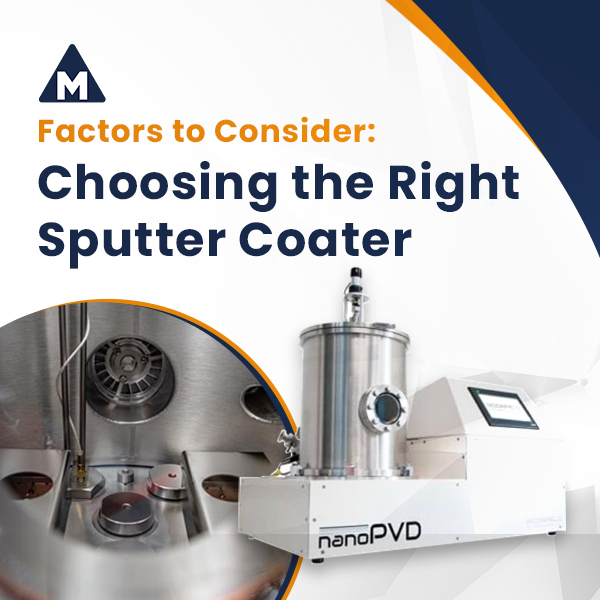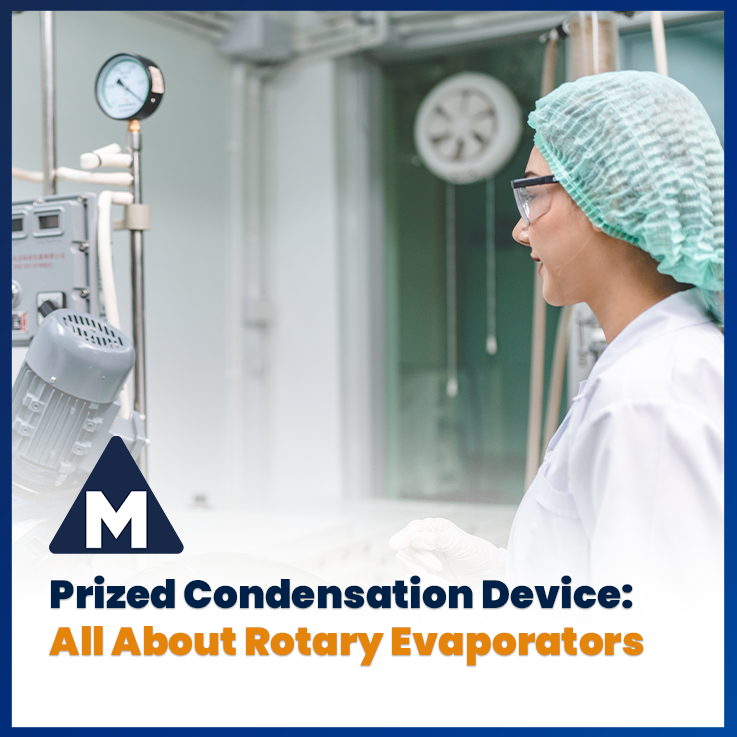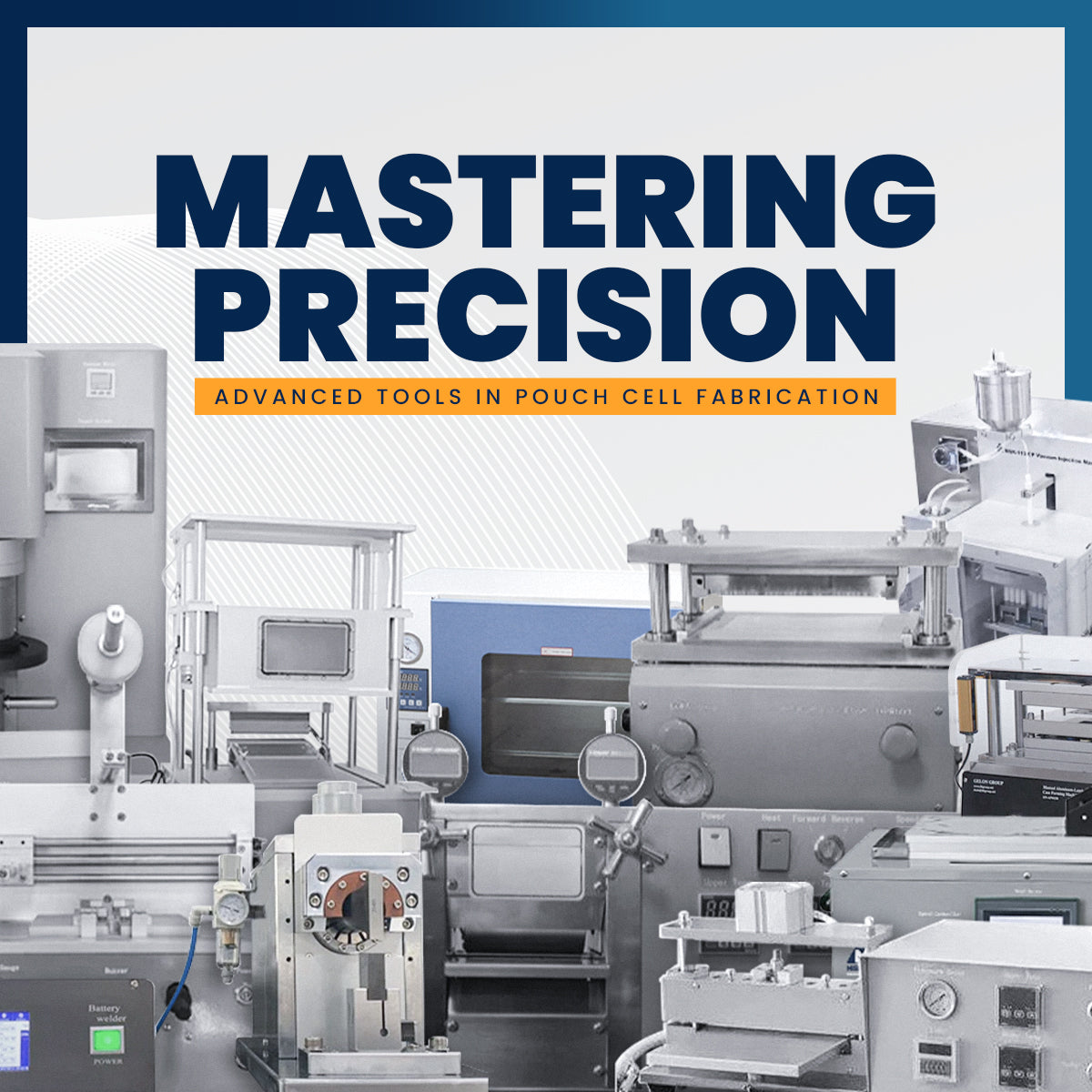Cracking the Heat Code: Ovens vs. Furnaces
Posted by Marketing Team on

Ovens and furnaces are sometimes confused by two common words used in thermal processing equipment. Although they both function for heating, they have unique qualities that allow them to be used in various applications. This article will examine the distinctions between furnaces and ovens, highlighting the functions and uses of each.
Distinguishing Furnaces and Ovens
Ovens are multipurpose thermal devices with a typical operating temperature range of 300–450°C. They use convection heating, in which heat is dispersed equally by airflow or with a blower's assistance. Ovens are frequently made with stainless steel chambers and are used in a variety of heating operations throughout industries, including drying, sterilizing, and curing.
In contrast, furnaces are designed to operate at higher temperatures; they may often achieve temperatures of 1400°C or higher, starting at 900°C. Furnaces, as compared to ovens, apply heat to the sample directly through radiation or conduction. Furnaces are used in industrial settings for thermal treatments, burning organic materials, and processing metals, ceramics, and glass. Their configurations are suited for uniform heating.

Trends and Innovations
Cutting-edge solutions to satisfy a variety of industry demands are showcased by MSE Supplies, which continues to be at the forefront of the evolving thermal processing market. Let's examine some of our flagship products that are changing the industry:
Laboratory Ovens:
-
Nabertherm 300°C High-Performance Oven
- This has a maximum temperature of 300°C and uses forced air circulation in a horizontal arrangement to achieve optimum temperature uniformity. It is the ideal companion for drying, sterilizing, and warm storing due to its strong PID microprocessor control and stainless steel chamber.
-
MSE PRO™ Forced Air Convection Drying Oven
- With its microprocessor PID temperature control and polished stainless-steel chamber, this forced air-drying oven guarantees accuracy. It uses uniformly circulated air to serve a wide range of applications, from experimentation to the manufacturing of electronic components.
-
MSE PRO™ High-Temperature Forced Air Drying Oven
- This achieves temperatures of up to 1600°C, well-known for its strength and speed of heating. It is ideal for melting glass samples and sintering ceramics and has the highest standards of dependability and efficacy in scientific settings.
Laboratory Furnaces:
-
Nabertherm 1600°C High-Performance High-Temperature Furnace
- With a temperature range of up to 1600°C, this is well-known for its robustness and rapid heating. It is ideal for melting glass samples and sintering ceramics and has the highest standards of dependability and efficacy in scientific settings.
-
Nabertherm 1100°C High-Performance Muffle Furnace
- This is specifically developed for the heat treatment of aggressive compounds, and it provides good temperature consistency and heating element protection. Because it has inbuilt heating and ceramic muffle, it guarantees peak performance even in harsh situations.
-
MSE PRO™ Economy Box Furnace
- With a maximum temperature of 1600°C, this apparatus is perfect for research involving oxidation and sintering. A configurable controller and excellent current protection make it an attractive option for a range of material processing requirements.

Share this post
- Tags: Brands - MSE PRO, Brands - Nabertherm, Industry - Agriculture, Industry - Automotive & Aerospace, Industry - Chemistry, Industry - Education, Industry - Food & Beverage, Industry - Industrial Process, Industry - Life Sciences, Industry - Lithium Battery & Renewable Energy, Industry - Material Science, Industry - Medical, Industry - Semiconductor, Products - Laboratory Drying Ovens, Products - Laboratory Furnaces



